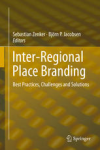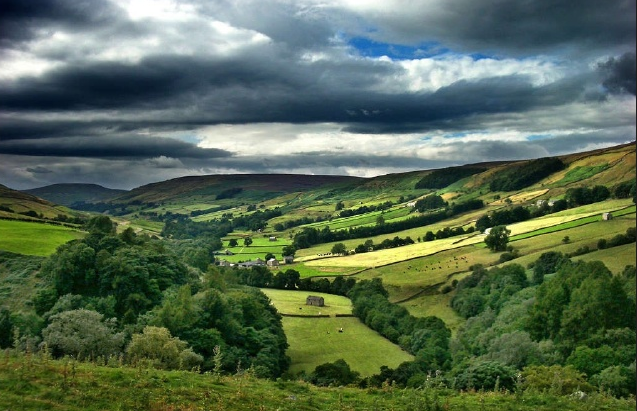From the branding of Dutch province Limburg as border region to the Atlantic Cities project, regional and inter-regional place branding is becoming increasingly popular. However, not every region has exceptional monuments or other recognizable features that it can use to gain recognition and attention in a world where globalization sometimes blurrs the distinctiveness of places.
In this guest post, Gerard van Keken shares his thoughts on the need and opportunity for locals to create a place identity, which he refers to as place making.
It sounds so easy, when we talk about place branding, that places have to look for distinctiveness. It seems straightforward, for instance, when places boast recognised landmarks, buildings, monuments that are really distinct and unique.
But what to do when your village, city or region does not have such distinctive features at first sight? In my opinion, every place should start any branding initiative by examining its own identity.
Place Making
Place making emphasizes the difference between non-places and places – places with or without recognizable ‘identities’, to make a difference for places that are not distinct.
Place making: the process of discovering, creating, developing and realizing ideas and concepts for reconstructing place identities, their defining traits and ‘genius loci’ and subsequently building the sense of place, by efforts and investments in hardware (e.g. infrastructure, buildings), software (e.g. events, stories), orgware (e.g. co-operative organisational structuring) and virtual ware (e.g. symbols and symbolic actions, websites)
Place making focuses on the possibility of creating distinctiveness, defining traits and the uniqueness of place, which also connects with the environment, and where the perspective of those most involved and affected (locals) matters most.
Discourse around place, city or nation branding sometimes misses to stress the active role that people can play in making places more meaningful, extraordinary and distinctive. The notion of place making takes this into account, which is crucial in times where processes of globalisation make places appear more and more uniform.
No place branding without place making!
The original version of this post was written for the PlaceBrandz project (Our Place Branding), which is now hosted by The Place Brand Observer
 Inter-Regional Place Branding: Best Practices, Challenges and Solutions
Inter-Regional Place Branding: Best Practices, Challenges and Solutions
Sebastian Zenker, Björn Jacobsen (Eds. 2015, Springer)
This book examines and clarifies key aspects of regional branding with the special focus of inter-regional brands. Today regions are in strong competition for companies, tourists and most of all talent. In order to differentiate one region from another, regional developers, politicians and planners increasingly focus on establishing the region as a brand.
A theoretically well informed but practically oriented overview of this phenomenon – including numerous cases and best practices. More about Inter-Regional Place Branding (publisher website)
Gerard van Keken
 is an independent researcher, project- and event manager (’Remarkable Identity’/‘Merkwaardige Identiteit’). Gerard is devoted to building bridges between theory and practice. After travelling Europe, the Middle & Far East, Australia and North America extensively for some years in his younger days, Gerard has been involved in many research and consultancy projects for organizations, entrepreneurs and governing authorities.
is an independent researcher, project- and event manager (’Remarkable Identity’/‘Merkwaardige Identiteit’). Gerard is devoted to building bridges between theory and practice. After travelling Europe, the Middle & Far East, Australia and North America extensively for some years in his younger days, Gerard has been involved in many research and consultancy projects for organizations, entrepreneurs and governing authorities.
His research interests are coastal and rural tourism, culinary tourism, tourism event management, creative industries, (brand) identity and image and photography.
Gerard is the founder of ‘the Taste of Zeêland’, ‘Oer-Zêêuws’, culinary and cultural events on regional products, the encounters of hosts and guests, design contests on fashion and jewellery to bridge folklorist culture and fashion with the contemporary world.
He has also been a lecturer for several years in some educational institutes in the Netherlands and in Nanjing, China.
Did you enjoy this guest post by Gerard van Keken on place making and regional branding? Please share!
Tip: Subscribe to the Place Brand Observer newsletter to benefit from updates on latest place branding and reputation insights, thoughts and examples.


